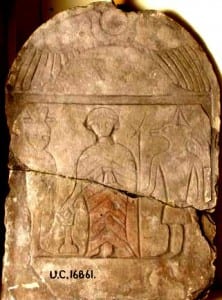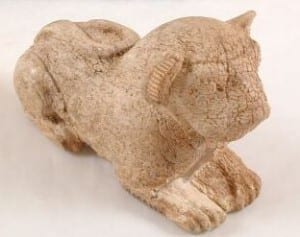And so we arise from the submerged depths to soar into the Egyptian firmament on the wings of their birds and beetles. Aviaries were a very early element of the menagerie and zoological garden, and were very accessible to Petrie’s peers.
Petrie’s Menagerie #6: The Aviary and Insect House
There are numerous iconic bird images in the Egyptian corpus: the hawk, ibis[1], and vulture being some of the most common. I will focus on the latter, considering their potential relation to Empire and Colonialism, so prevalent in the 19th century mind.
I’m generally apathetic towards insect houses, however, the insect we are looking at today is perhaps one of the most versatile and widely used animals of our entire menagerie. Scarab beetles (Scarabaeus sacer) is a good example of a rather common place animal, the dung beetle, being revered and represented in more mystical ways due to its prevalence in Egyptian mythology.
The Object:
Scurrying back to my more specialist material I present this stele featuring a bloke (perhaps a priest) in Roman garb burning incense on an altar before Isis and Anubis (two gods associated, among other manifestations, with the afterlife).

A roman stele with the scarab at the top
(more…)
Filed under Petrie Museum of Egyptian Archaeology
Tags: #, British Empire, Colonialism, Empire, iconography, Petrie, Petrie Menagerie, Petrie Museum, Petrie's menagerie, Scarab, Vulture, ZSL
No Comments »
 Close
Close








